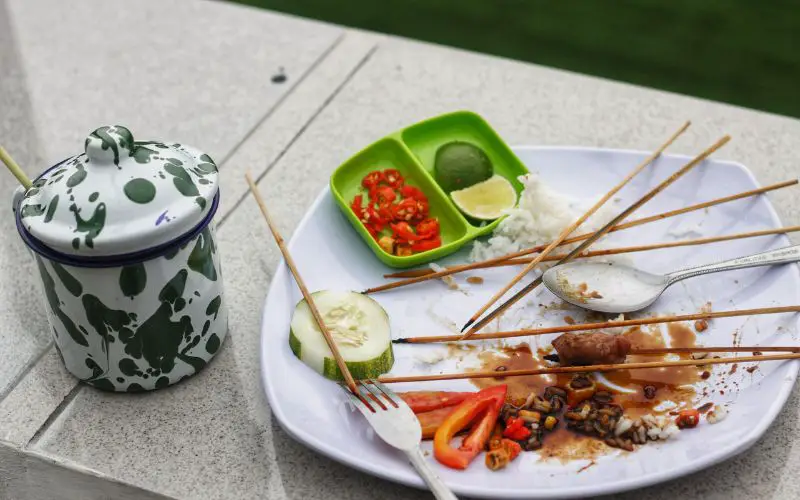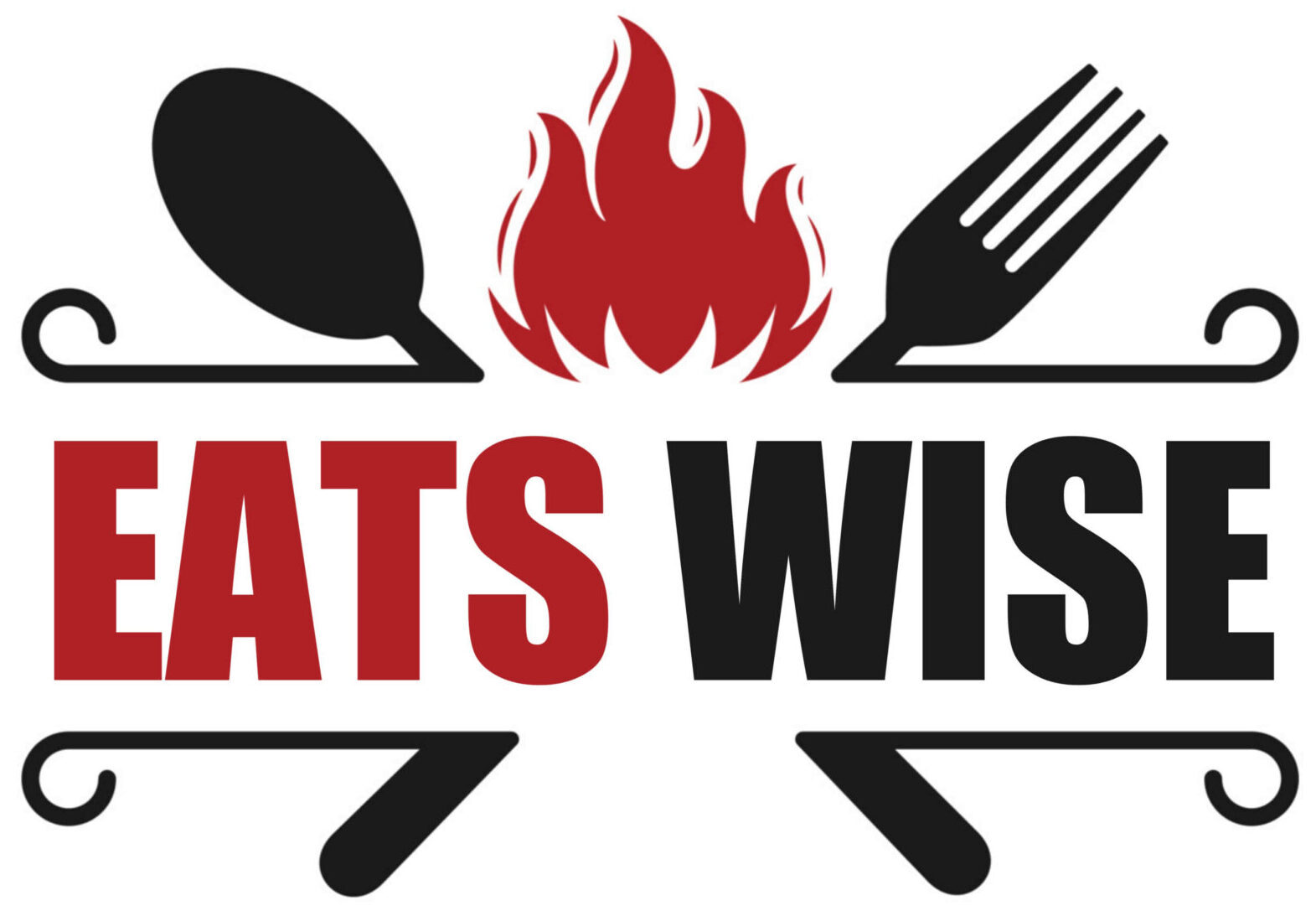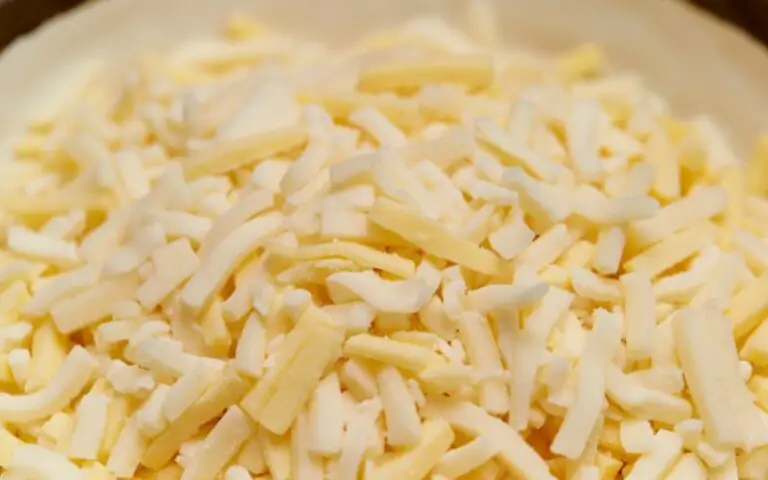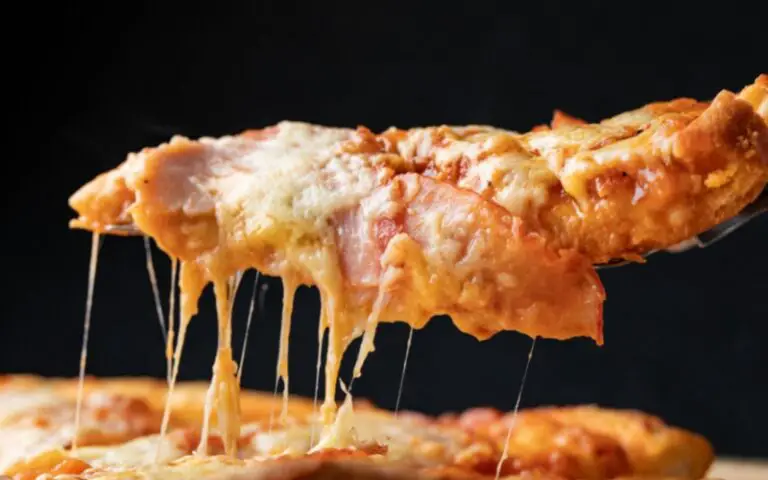What Do Fast Food Restaurants Do With Leftover Food?
Last updated on October 26th, 2022 at 05:20 pm
Fast food restaurant customers do not book their meals beforehand; The number of customers you get per day is based on chance.
For this reason, it is almost impossible for a fast food restaurant to get its food measurement right.
As a result, the chefs are bound to have some leftovers on their hands at the end of each day. And the quantity of these leftovers varies daily.
It’s safe to say there are four types of leftovers.
There is the food left on customers’ plates, extra food left unserved, uncooked ingredients already sorted out, and dish components like stews and sauces rejected by customers.
Now, you might be puzzled by the question of what happens to these leftovers at the end of the day.
Food left unserved is thrown out, given to the needy, or left for the workers. Plate crumbs left over on customers’ plates will often be thrown out. But sometimes, local animal owners request them for their animals’ meals. Dish components will often be refrigerated and reused the next day. As for the uncooked ingredients, they’re simply sent back to the store.
What Do Restaurants Do With Leftover Food?

Since it’s almost impossible to avoid accruing leftovers, restaurants have been trying various ways to reduce food waste.
So many resources were put into preparing these meals. It would be a shame to let them end up in the trash can and landfills without an effort.
Nonetheless, some restaurants would instead let the food go to waste, though they often have a sordid reason for this decision.
Here’s a list of ways restaurants can deal with leftover food:
#1. Donate them to charity
Giving out the unserved food left to the needy is the most humane method of reducing food waste.
Some restaurants often have a worker in charge of collecting all the leftover food to be dispersed to nearby orphanages and charity homes.
Since cooked food cannot be donated to food banks, they are usually just passed on to food shelters and recovery programs.
Without any of the above facilities, the food is simply shared with individuals who need it.
#2. Serve In Large Proportions
Chefs begin to serve customers in large quantities as soon as they notice they might have to deal with leftovers. Very often, it’s just the last customers that get to enjoy this enormous help.
This will help reduce food waste at the end of the day, but a better option would be to dish out unserved food to the needy.
Unfortunately, serving in large quantities will only produce a different kind of leftover: uneaten plate crumbs.
#3. Serve As Staff Food
Restaurants often give their workers food allowances, and these allowances are very likely to be what’s left over from the day’s menu.
However, some restaurant owners are kind enough to let their employees take home all the extra food. This is better than letting the food end up in the trash.
While some only allow workers to take the cooked food, others are generous enough to let them share the uncooked ingredients.
#4. Give To Animal Owners
Local animal rearers and pet owners often come to restaurants at night searching for food for their animals.
Some restaurants offer the food to them for free, and others would charge them a meager amount. In most cases, the fees charged never make it to the restaurant owner.
In some cases, the food is intentionally left in the trash for stray animals to feed on. This is best if the food has passed the safe limit for humans but is still safe for animal consumption.
#5. Pack Extra Takeaways For Regular Patrons
Fast food restaurants with leftover dishes often package extra helpings for their loyal customers who are present near the time of closing.
It’s a double win for the restaurant because they get to reduce food waste and retain their customer’s loyalty.
#6. Reuse In The Next Day’s Dish
This is only possible for unserved food components like soups, sauces, and sometimes meat.
Reserving unserved food from the previous day will give your restaurant a bad rep because most customers will detect it.
Nonetheless, restaurants with leftover dishes can refurbish and repurpose them; sometimes, they can incorporate them into another dish.
This would hardly be detected, especially if brewed by a chef who knows his onions.
#7. Sell At Discounted Prices
Restaurants with leftover food often put up this food for sale at a discounted price. This is highly effective at reducing food waste because you will indeed find buyers with a discounted price.
There are food apps that alert people of discounted food joints nearby. Fast food restaurant owners can hop on these apps and make some cash from their leftover food.
This is another double-win method of reducing food waste: You get rid of the food and earn cash from it.
Why Do Restaurants Throw Food Away Instead Of Donate Them?
Restaurants with leftover food will often throw their food away; as we mentioned earlier, they often have a sordid reason for it.
There are two primary reasons why restaurants throw food out.
#1. It Is Excessively Spoiled
In cases where uneaten food is excessively spoiled, it is safer to dump them into the trash. It is not recommended to serve even the animals food that had gone bad.
Humans and animals are highly susceptible to food poisoning, and the severity of the effects varies between individuals. Death from consuming damaged food is rare but not impossible.
#2. Some Rules Oppose Food Donations
This may sound untrue, but donating food to the homeless or needy is illegal in some states. You could land a fine or a legal suit for this act of kindness.
Before donating leftover food to the poor, fast food restaurant owners must ascertain that they are legally allowed to do so.
In addition, individuals who fall sick from consuming these leftovers stand a chance of filing a lawsuit against the fast-food restaurant.
Some states, however, have legal backings for food donors who get sued. The causes mentioned above are the primary reasons restaurants throw food out. However, there is a third reason.
The restaurant manager may be miserly and would rather have the food go to waste than let anyone have it for free.
This is a common occurrence that not some workers are afraid to speak about, often fearing losing their jobs.
But, unfortunately, almost nothing can be done about this, especially if said manager owns the restaurant.
For How Long Can Restaurants Store Leftover Food?
With proper storage, restaurants can store leftover food for four days. However, food poisoning could result if one consumes food stored longer than four days, refrigerated or not.
Within these four days, restaurant owners have ample time to reduce food waste. And it also gives the owners time to find buyers or charity homes.
The unserved meals are also safe for refurbishing and reuse within this period.
The food must be perfectly sealed and stored under the right conditions to last long enough. They can either be wrapped or stored airtight in containers.
Storing them airtight will prevent contamination with other materials in the refrigerator.
It is not advisable to return leftover food to the fridge after being taken out. Refrain from taking them out unless you want to heat them for usage.
Conclusion
Food leftovers are almost impossible to avoid at restaurants, but there is no reason for this food to go to waste.
Instead of simply throwing them out, food vendors could simply recycle or resell them if they are after profit.
So, donating the food to the needy is often the most revered option, provided that the laws within your locality allow it.
References:






